Ready to kickstart your self-improvement channel on YouTube? Craft eye-catching video titles using relevant keywords for better visibility. Keep your YouTube Shorts under 60 seconds and link them to longer videos to boost engagement. Enhance content with clear CTAs and engaging series to captivate subscribers. Interact with your audience by responding to comments and using polls. Collaborate with other creators, focus on promotion tactics, and leverage social media for growth. Are you intrigued by these tips? It's just the beginning of your journey to YouTube success in the self-improvement arena.
Key Takeaways
- Collaborate with similar channels for wider exposure.
- Focus on engaging thumbnails and playlists.
- Implement strategic promotion tactics for growth.
- Convert viewers into loyal subscribers.
- Utilize social media for cross-promotion and visibility.
Crafting Compelling Video Titles
Craft compelling video titles that incorporate relevant keywords to enhance searchability and attract viewers.
When creating your video titles, remember to strike a balance between being click-bait and value-driven. Using high-volume keywords can help improve your video's visibility in search results.
Avoid misleading your audience with sensational titles; instead, focus on providing accurate representations of your content. Experiment with different title formats to see what resonates best with your target viewers.
Clear and concise language is key to grabbing attention and ensuring that your audience knows what to expect from your video. By incorporating the right keywords and crafting compelling titles, you can increase the chances of your videos being discovered and clicked on.
Utilizing YouTube Shorts Strategy
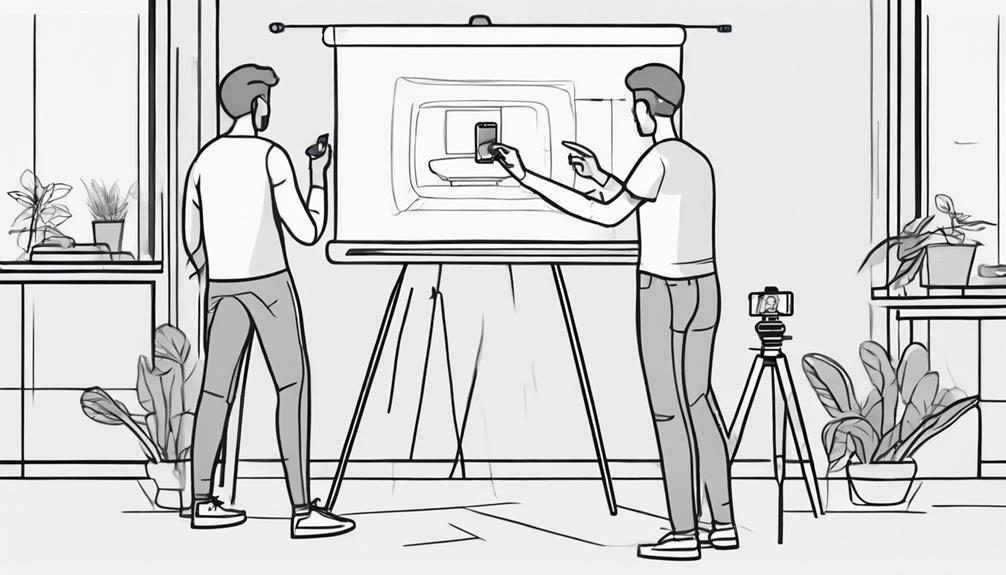
Incorporate YouTube Shorts into your self-improvement channel strategy to boost visibility and engagement with your audience. YouTube Shorts can be a powerful tool to capture the attention of viewers with short attention spans and drive traffic to your channel.
Here are three key strategies to make the most of YouTube Shorts:
- Keep it Snappy: Short attention spans call for videos under 60 seconds. Make your Shorts concise and impactful to hook viewers quickly.
- Link for Impact: Connect your Shorts to longer videos on your channel. This not only increases watch time but also guides viewers to explore more of your content.
- Engage with Clips: Edit engaging clips that are visually appealing and intriguing. Create content that captivates your audience and leaves them wanting more.
Optimizing for Search and Visibility
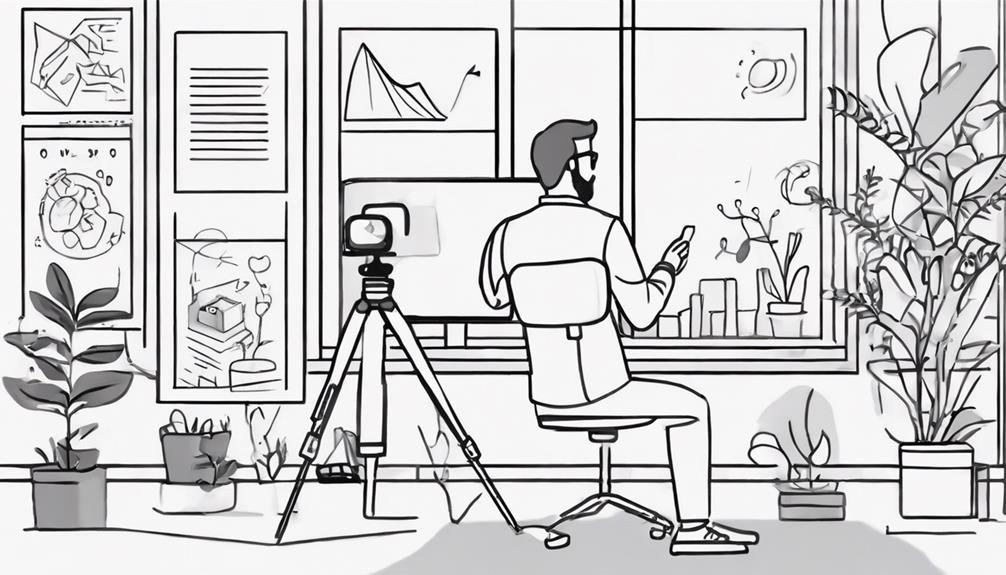
Enhance your self-improvement channel's visibility and reach by optimizing your videos for search engines and improving their discoverability.
When it comes to YouTube growth, appearing in search results is key. By implementing effective SEO strategies and incorporating keywords that align with video results, you can greatly enhance your chances of ranking higher.
Creating engaging thumbnails and content that drives a high click-through rate (CTR) can also increase your visibility in search engine results.
Remember, YouTube videos often have a strong presence in Google search results, so optimizing for both platforms is vital for expanding your audience reach.
Leveraging the power of keywords and staying consistent with your optimization efforts can lead to improved visibility and ultimately attract more viewers to your self-improvement channel.
Keep refining your approach to search and visibility, and watch your channel flourish in the competitive world of online content creation.
Enhancing Video Content for Subscribers
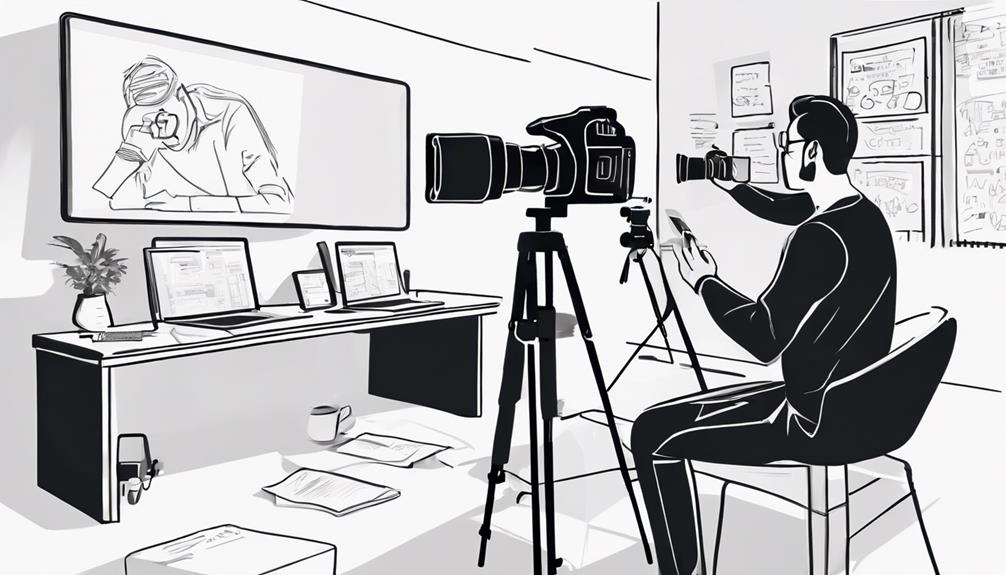
To further engage your audience and foster subscriber growth on your self-improvement channel, focus on creating video content that resonates with your viewers and encourages ongoing interaction. Here are three key strategies to enhance your video content for subscribers:
- Craft Compelling Video Titles: Capture your audience's attention with enticing and searchable video titles that highlight the value of your content and attract more viewers to your channel.
- Utilize Engaging CTAs: Encourage viewers to subscribe, like, and comment on your videos by incorporating clear and compelling calls-to-action throughout your content. Foster a sense of community and interaction to keep your audience engaged.
- Develop Video Series: Create video series that entice viewers to watch more content on your channel, increasing viewer consumption and improving your channel's ranking. Engaging series can also keep subscribers coming back for more.
Engaging With Your Audience
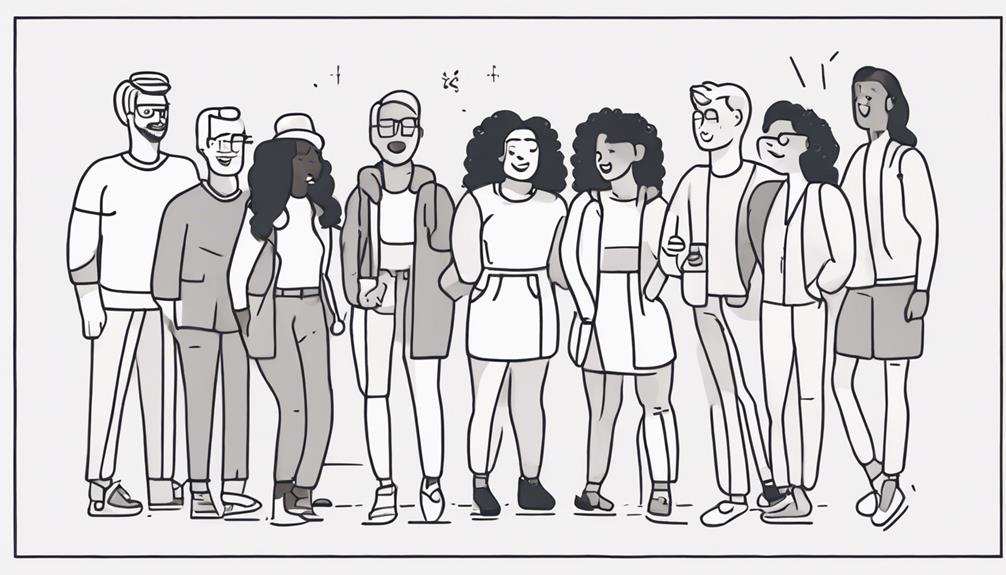
Engage with your audience actively by responding to comments and fostering a sense of community on your self-improvement channel. Encouraging viewer interaction through polls, questions, and discussion prompts can enhance engagement and make your viewers feel valued.
Make use of the Community tab provided by YouTube to communicate updates, behind-the-scenes insights, and upcoming content with your audience. By building a loyal community through engagement, you can experience increased viewership, longer watch times, and higher subscriber retention rates.
Maintaining active engagement with your audience creates a supportive and interactive environment that encourages continued growth and success on your channel. Remember, a strong community not only boosts your YouTube growth but also makes the journey more enjoyable for both you and your viewers.
Strategies for Channel Growth
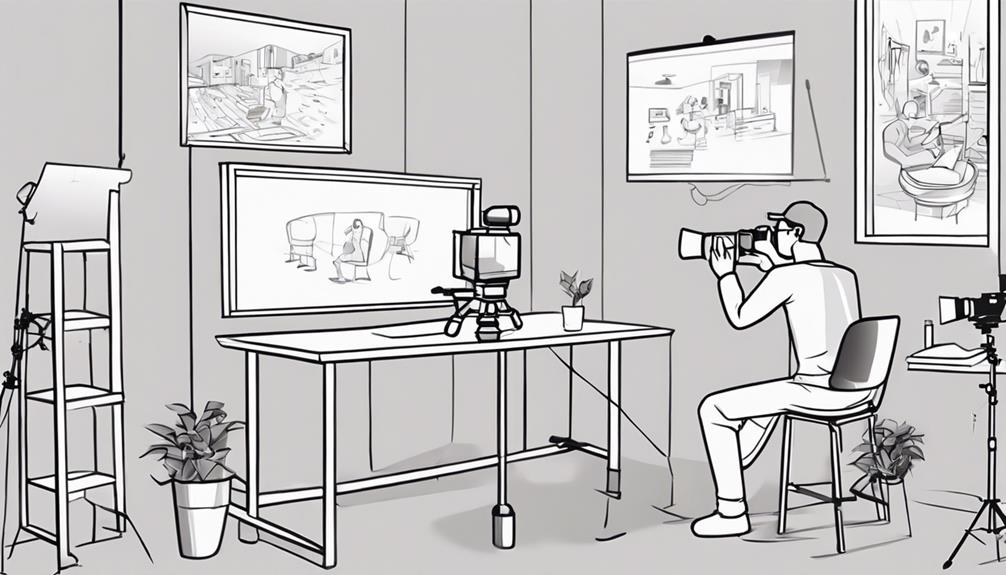
Utilize Instagram and TikTok to accelerate your channel growth by tapping into broader audiences and engagement opportunities. When it comes to expanding your reach and increasing visibility, consider the following strategies:
- Collaborate with smaller channels:
By teaming up with other creators, you can leverage their audiences to gain more exposure for your content. This collaboration not only broadens your reach but also brings in fresh perspectives for content creation.
- Create engaging thumbnails and playlists:
Eye-catching thumbnails and well-curated playlists can significantly enhance your channel's visibility, increase session time, and boost viewer engagement. These small details can make a substantial difference in attracting and retaining viewers.
- Focus on promotion strategies:
Convert casual viewers into loyal subscribers by incorporating subscribe buttons, engaging with your audience through comments and community posts, and actively promoting your content on various platforms. Implementing these promotion tactics can help foster a dedicated community around your channel and encourage growth.
Promoting Videos for Growth

Hey, content creator! Ready to skyrocket your self-improvement channel?
Let's chat about killer video promotion strategies, engaging your audience like a pro, and boosting your channel's visibility to new heights.
Time to take your channel from zero to hero!
Video Promotion Strategies
To boost your video's reach and viewership, consider leveraging various social media platforms for promotion, such as Instagram and TikTok.
Here are some effective video promotion strategies to enhance your channel's growth:
- Cross-Promotion: Share snippets or teasers of your videos on Instagram and TikTok to drive traffic back to your YouTube channel.
- YouTube Ads: Consider investing in YouTube Ads to reach a broader audience and increase visibility for your videos.
- Keyword Research: Conduct thorough keyword research to optimize your video titles, descriptions, and tags for better YouTube ranking and discoverability.
Audience Engagement Tactics
Engage with your audience authentically and consistently to foster a strong connection and promote steady growth for your self-improvement channel. One effective way to boost audience engagement is by utilizing YouTube Shorts. These short-form videos capture viewers' attention quickly and can drive traffic to your main content.
Collaborating with other YouTubers, especially those with similar subscriber counts, is another smart move. By doing this, you expand your reach and expose yourself to new audiences.
Optimizing your videos is essential. Make sure your titles, descriptions, thumbnails, and tags are all optimized for search engine visibility and high click-through rates (CTR).
Additionally, don't underestimate the power of community posts and comments. Engaging with your audience through these channels not only fosters a sense of community but also converts viewers into loyal subscribers.
Boosting Channel Visibility
Utilize social media platforms like Instagram and TikTok to effectively promote your self-improvement videos and expand your audience reach. By leveraging these platforms, you can boost the visibility of your YouTube channel and attract more viewers interested in personal growth content.
Here are three essential strategies to help you grow your YouTube channel through social media promotion:
- Collaborate with Other YouTubers: Join forces with creators in the self-improvement niche to cross-promote each other's videos and tap into new audiences.
- Share Snippets of Your Main Content: Tease your YouTube videos by posting engaging snippets on Instagram and TikTok to pique curiosity and drive traffic to your channel.
- Engage in Social Media Challenges: Participate in challenges related to self-improvement to connect with a targeted audience and showcase your expertise in a fun and interactive way.
Frequently Asked Questions
How to Start a Self-Improvement Youtube Channel?
To begin a self-improvement YouTube channel, identify your niche, plan informative videos, invest in quality audio and lighting, use storytelling, and collaborate with others. Engage your audience with inspiring and actionable content.
How Do I Increase My Youtube Channel Growth?
Like a seed needing sunlight, water, and care to grow, you must nurture your YouTube channel. Collaborate with others, share content across platforms, and engage with challenges to boost visibility and attract a broader audience.
Which Type of Youtube Channel Will Grow Fast in 2024?
For rapid growth in 2024, focus on lifestyle, personal development, and mental well-being content. Viewers seek motivation, productivity tips, and strategies for overcoming challenges. Collaborate with experts, tell engaging stories, and offer interactive content.
What Is the Secret of Growing Youtube Channel?
Revealing the secret to growing a YouTube channel lies in your ability to adapt, engage, and evolve. Embrace SEO, collaborate, create eye-catching visuals, share across platforms, and analyze. Your dedication will fuel your channel's success.
Conclusion
To sum up, starting a self-improvement channel on YouTube can be a rewarding journey filled with growth and learning opportunities. Remember, like a plant needs sunlight to thrive, your channel needs consistent effort and innovation to flourish.
So, keep planting those seeds of knowledge, nurturing your content with creativity, and watch as your channel blossoms into a beautiful garden of inspiration for your viewers.
Happy creating!









